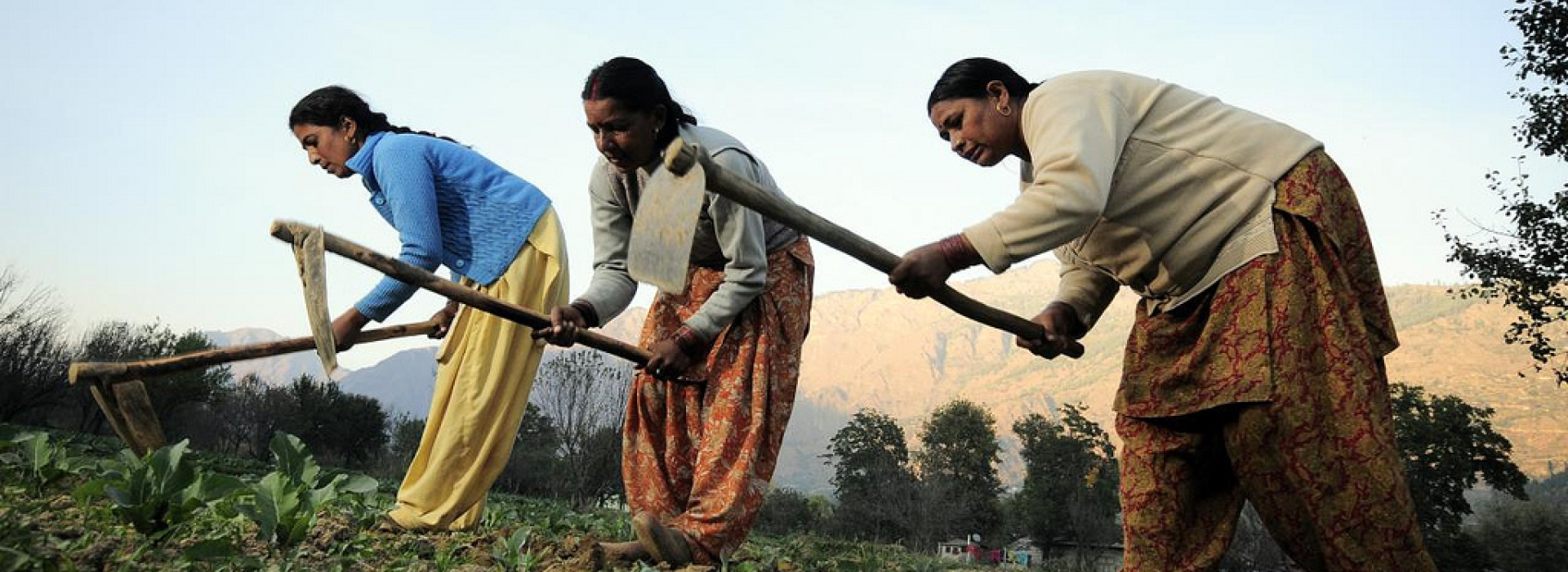Currently, agriculture technology strategies are mostly based on implementing technologies and innovations that increase yield. This may seem in line with SDG 2.3 which aims to double the agricultural productivity and the incomes of small-scale food producers by 2030. Yet yield enhancements are not the only way of increasing productivity, and increasing incomes of smallholders is arguably more directly related to labor (rather than land) productivity. Is the reason for the lack of adoption of seemingly promising technologies because of external or internal constraints—meaning farmers want to adopt them but can’t—or are new technologies, even when they are yield enhancing, simply not beneficial to many farmers? In her recent paper, Karen Macours (Associate Professor at the Paris School of Economics and Researcher at the French National Institute for Agricultural Research- INRA), explores whether the current agriculture technology strategy is suitable to lift smallholders out of poverty.
Why such a gap between the perceived potential of technological innovations and the realization of that potential by farmers?
It is becoming increasingly evident that there is a mismatch between the perceived potential of technological innovations and the realization of that potential by farmers. Expectations regarding yield gains of new technologies are often based on lab results or agricultural research trials and do not necessarily reflect average farmers’ yields in real-life conditions. Furthermore, sometimes yield-inducing technologies are not profitable or farmers are maximizing other objectives such as reducing risks, assuring adequate food availability throughout the year, or increasing labor productivity, all of which could contribute to SDGs 1 and 2 without increasing yield. However, investments in agricultural research and ‘dissemination’ interventions often still primarily focus on yield-enhancing objectives instead of technologies that are risk-reducing, labor-saving or nutrition enhancing.
Recent evaluations help understand the shortcomings of such an approach, often showing low levels of adoption, but also low and very heterogeneous profitability when adoption occurs. They also point to the importance of context-specific technologies, including the need to consider the complexity of the technology, and the level of education of the targeted farmers. A smart subsidy program aimed at increasing rice yields among smallholders in Haiti helps illustrate some of these points. Farmers were given vouchers for seed, fertilizer, pesticide and labor. The results were surprising: rather than increasing total input use, farmers chose to use vouchers as a substitute for inputs otherwise financed with credit. Yields dropped but profits didn’t, and indebtedness declined.
Labor productivity increases and their measurement are fundamental
Achieving SDG 1 and 2 is going to be difficult without labor productivity increases and their adequate measurement. For these reasons, research and policies aimed at maximizing yield (land productivity) do not appear to be the best approach moving forward. The agricultural R&D process may benefit from shifting some attention away from the yield gap and from incorporating real-world concerns of average or marginal farmers into the research production process. This shift will require a change in research methods including methods to successfully measure labor and optimal design of participatory research trials.
Karen Macours' paper will be published in the coming weeks.



